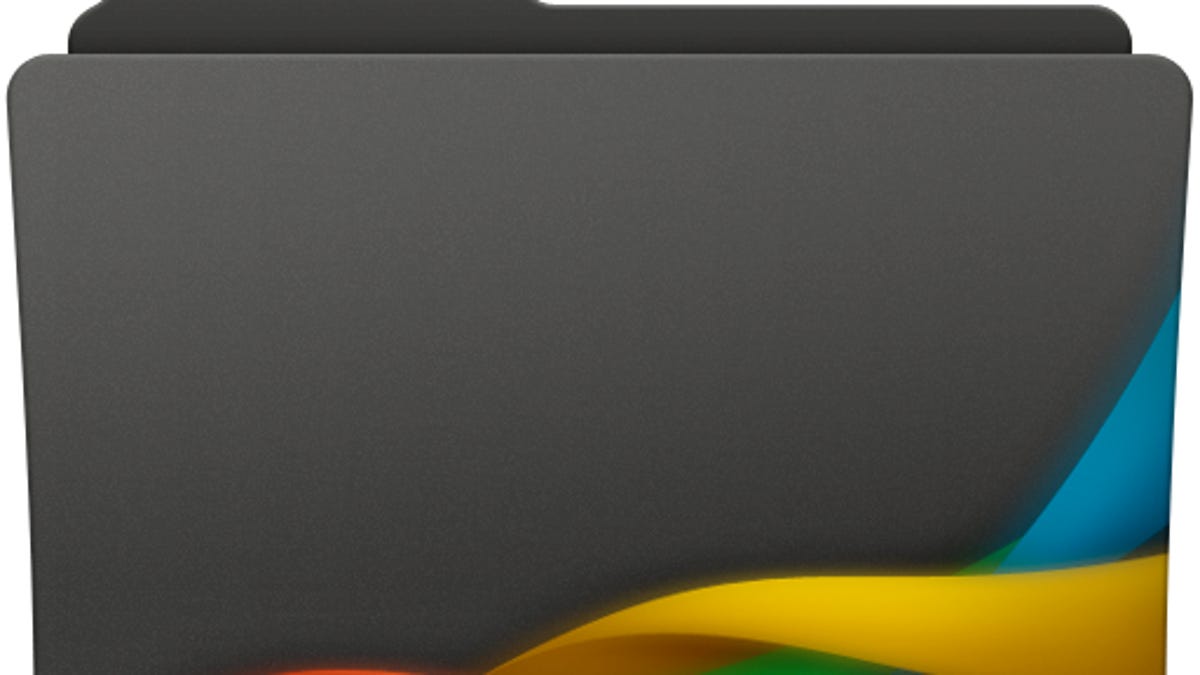Microsoft releases fixed Office 2011 SP2 update
This latest Office update follows initial ones that resulted in identity database corruption.

Microsoft has released a fixed version of its Service Pack 2 update for Office 2011. The update was originally on April 12 and offered a number of improvements for Microsoft's Outlook e-mail client; however, soon after its release a number of people found that the update had caused corruption in their identity databases. This resulted in the suite's programs not opening correctly.
Microsoft initially addressed this problem by issuing instructions that users could follow to prepare their identities for the upgrade, or restore their identities if they had been corrupted after the upgrade; however, these did not help all people affected by the bug, and Microsoft subsequently removed this update from its AutoUpdate servers.
Today Microsoft made a new version of the update available, which should upgrade Office installations without adversely affecting users' identities. Microsoft states in a blog posting that this latest update is targeted for those who have not yet installed the SP2 update, but recommends that everyone install it to ensure their installations are at the latest version.
The update should be available for Office users via Microsoft's AutoUpdate utility, but also can be downloaded from Microsoft's Office for Mac support site. As with the initial version of the update, this one is about 110MB in size.
Unfortunately this update will not fix corruption that may have occurred in users' identity databases, so if you installed the prior SP2 update and are experiencing problems, first try our instructions on addressing the issue, but if this does not help then you will likely need to delete the current identity and create a new one.
Questions? Comments? Have a fix? Post them below or
e-mail us!
Be sure to check us out on Twitter and the CNET Mac forums.

